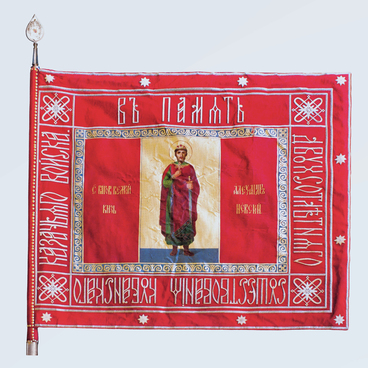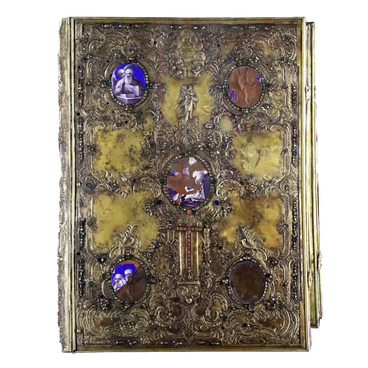On April 8, 1783, Empress Catherine II issued a manifesto ‘On Accession of the Crimea, Taman and the right-bank Kuban to Russia’. She appointed Prince Grigory Potemkin to manage the new lands. Potemkin also received the title ‘Prince of Taurida’ — Taurida being the old name of the peninsula.
Four years later, in August 1787, Potemkin ordered the officers of the former Zaporozhian host Sidor Belyi and Anton Holovaty to put together volunteer teams from the Cossacks who had previously served in the Zaporozhian Sich. At first, these units were called the Host of Faithful Cossacks — in contrast to the ‘infidels’, who settled on the territory of the Ottoman Empire. However, in December 1788, they were renamed the Black Sea Cossack Host.
In June 1792, Catherine the Great signed a decree on the resettlement of the Black Sea Cossack Host to the right-bank lands of the Kuban region. At the same time, she issued a charter, according to which the Cossacks were granted the right of perpetual possession of this territory ‘with all the lands belonging to them, with the right given to the military authorities to carry out punishment and the right given to the inhabitants to carry out free internal trade.’ In addition, the Taman Peninsula, along with the fisheries, became the property of the army. Since that time, the Cossacks owned about 33 thousand square kilometers of land between the Azov and Black Seas, the Kuban and Eia Rivers. In return, the army was required to ‘watch and guard the border against the raids of the trans-Kuban peoples.’
On June 30, 1792, the Empress welcomed the Black Sea Cossack delegation, headed by ‘voiskovoi suidya’ (host judge) Anton Holovaty. According to an old Russian tradition, the guests of the imperial palace were welcomed with bread and salt on a gilded silver dish, which was then given as a gift to the Cossack host. Catherine submitted a letter of granting lands to the ‘chernomortsy’ (Black Sea residents) and also ordered to hand out military awards: silver timpani, St. George’s award trumpets, which at that time were a symbol of military valor, and the banner “For Faith and Loyalty.”
The letter not only defined the boundaries of the Cossacks' settlements area in the Kuban but also gave a new name to their main settlement, which was then called Karasunsky Kut. Since 1793 it was renamed by the decree of the Empress and came to be known as Ekaterinodar.
Four years later, in August 1787, Potemkin ordered the officers of the former Zaporozhian host Sidor Belyi and Anton Holovaty to put together volunteer teams from the Cossacks who had previously served in the Zaporozhian Sich. At first, these units were called the Host of Faithful Cossacks — in contrast to the ‘infidels’, who settled on the territory of the Ottoman Empire. However, in December 1788, they were renamed the Black Sea Cossack Host.
In June 1792, Catherine the Great signed a decree on the resettlement of the Black Sea Cossack Host to the right-bank lands of the Kuban region. At the same time, she issued a charter, according to which the Cossacks were granted the right of perpetual possession of this territory ‘with all the lands belonging to them, with the right given to the military authorities to carry out punishment and the right given to the inhabitants to carry out free internal trade.’ In addition, the Taman Peninsula, along with the fisheries, became the property of the army. Since that time, the Cossacks owned about 33 thousand square kilometers of land between the Azov and Black Seas, the Kuban and Eia Rivers. In return, the army was required to ‘watch and guard the border against the raids of the trans-Kuban peoples.’
On June 30, 1792, the Empress welcomed the Black Sea Cossack delegation, headed by ‘voiskovoi suidya’ (host judge) Anton Holovaty. According to an old Russian tradition, the guests of the imperial palace were welcomed with bread and salt on a gilded silver dish, which was then given as a gift to the Cossack host. Catherine submitted a letter of granting lands to the ‘chernomortsy’ (Black Sea residents) and also ordered to hand out military awards: silver timpani, St. George’s award trumpets, which at that time were a symbol of military valor, and the banner “For Faith and Loyalty.”
The letter not only defined the boundaries of the Cossacks' settlements area in the Kuban but also gave a new name to their main settlement, which was then called Karasunsky Kut. Since 1793 it was renamed by the decree of the Empress and came to be known as Ekaterinodar.



